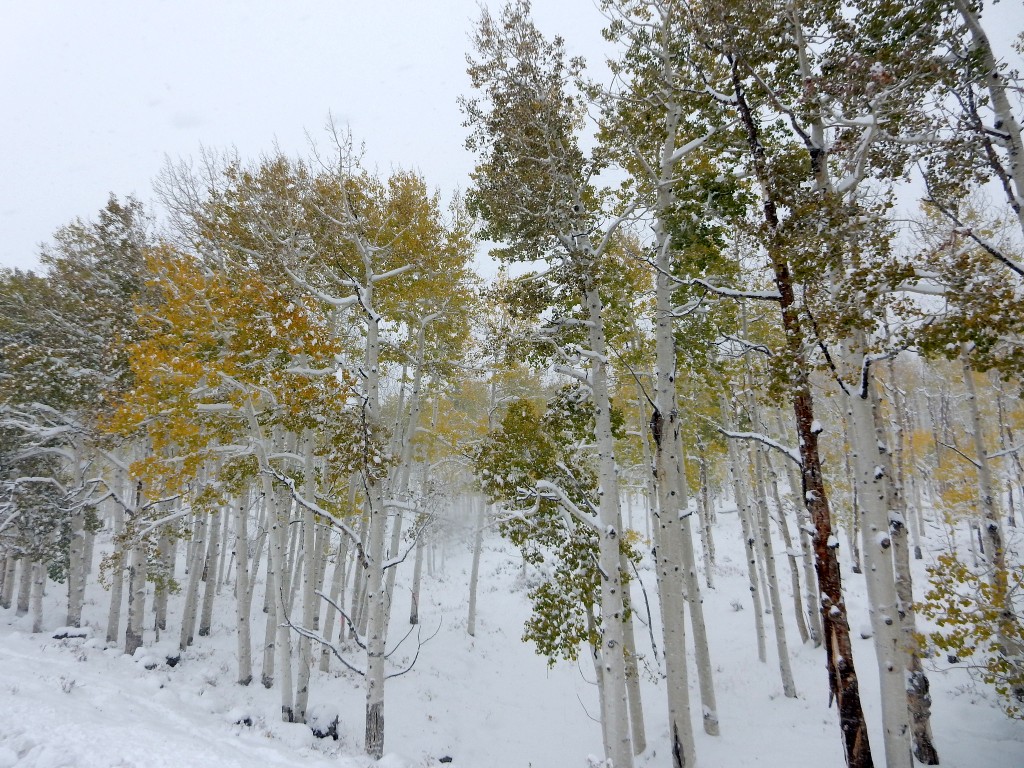
29 November 2022
In 1976 Jerry Kemperman and Burton Barnes discovered that 106 acres of quaking aspens (Populus tremuloides) in the Fishlake National Forest of Utah were actually all the same male plant, one root with thousands of suckers that grew into trees. It came to be known as Pando — “I spread.”
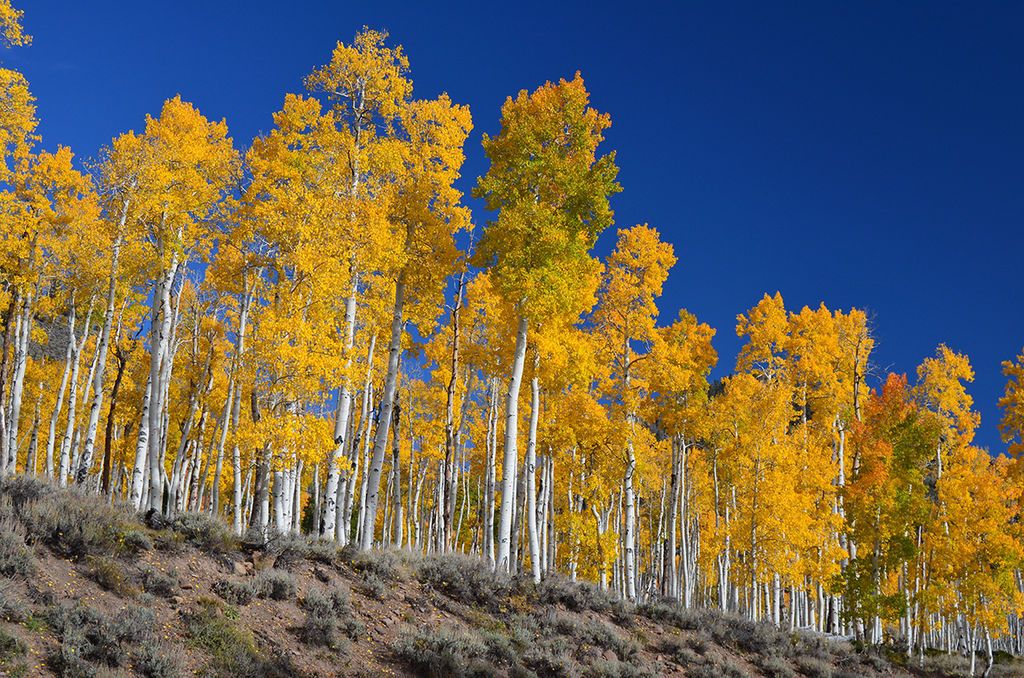
Pando weighs 6,600 tons making it the heaviest known organism on Earth and it is very old, though no one is sure whether it’s 10,000 or 80,000 or even a million years old.
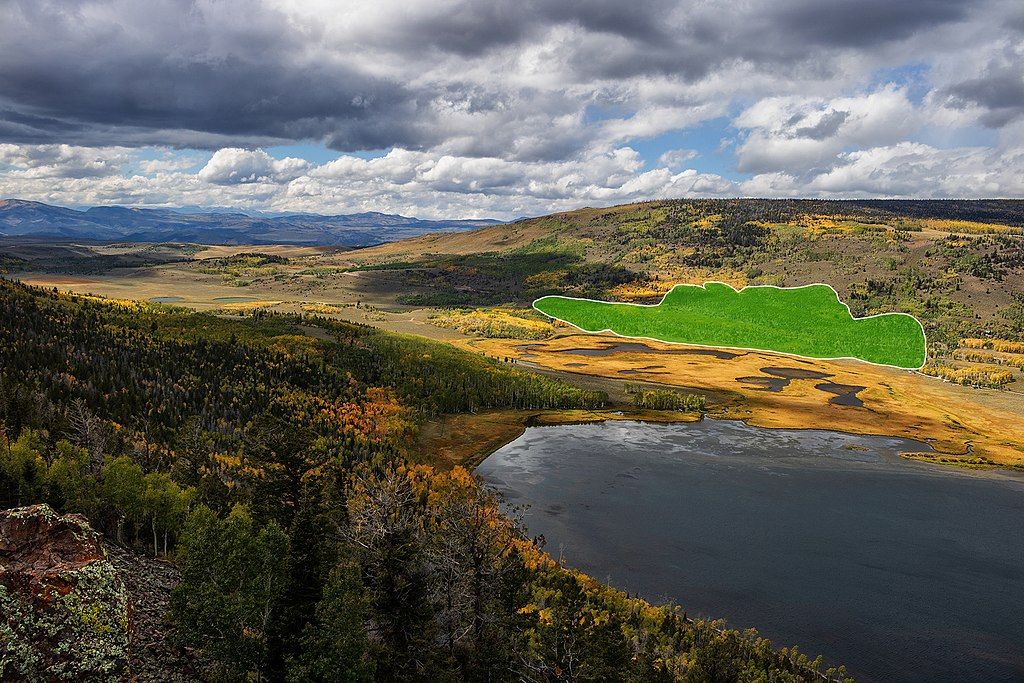
However, almost as soon as Pando was discovered researchers found that sections of it were not rejuvenating because new sprouts were being overbrowsed by deer. In that part of the U.S. the species is mule deer (Odocoileus hemionus).
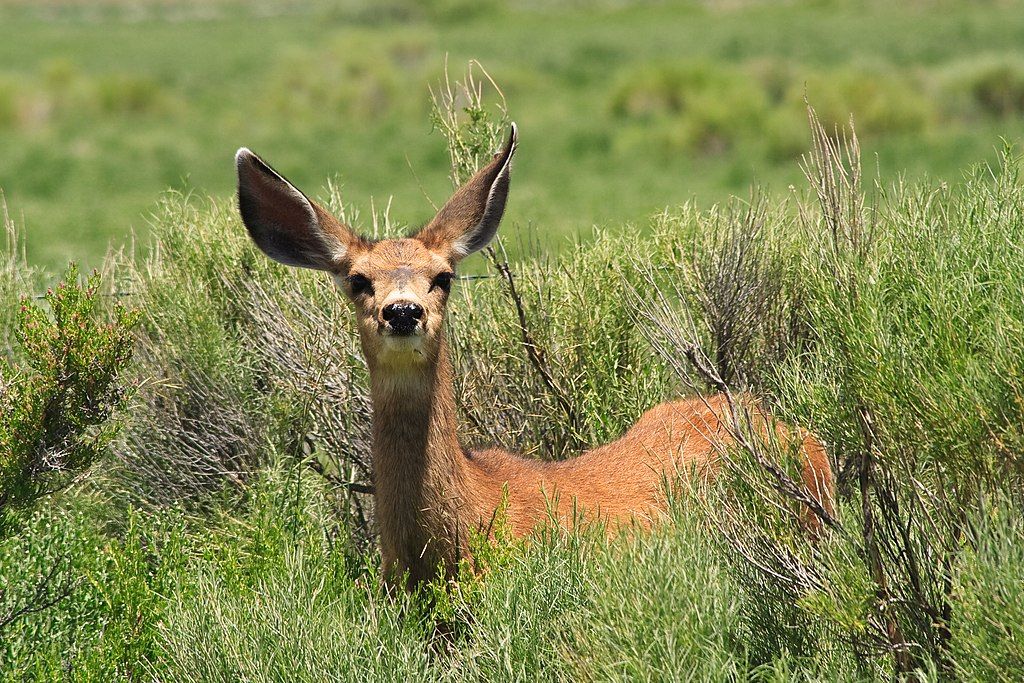
So they fenced it — twice — one fence in 2013, another in 2014.
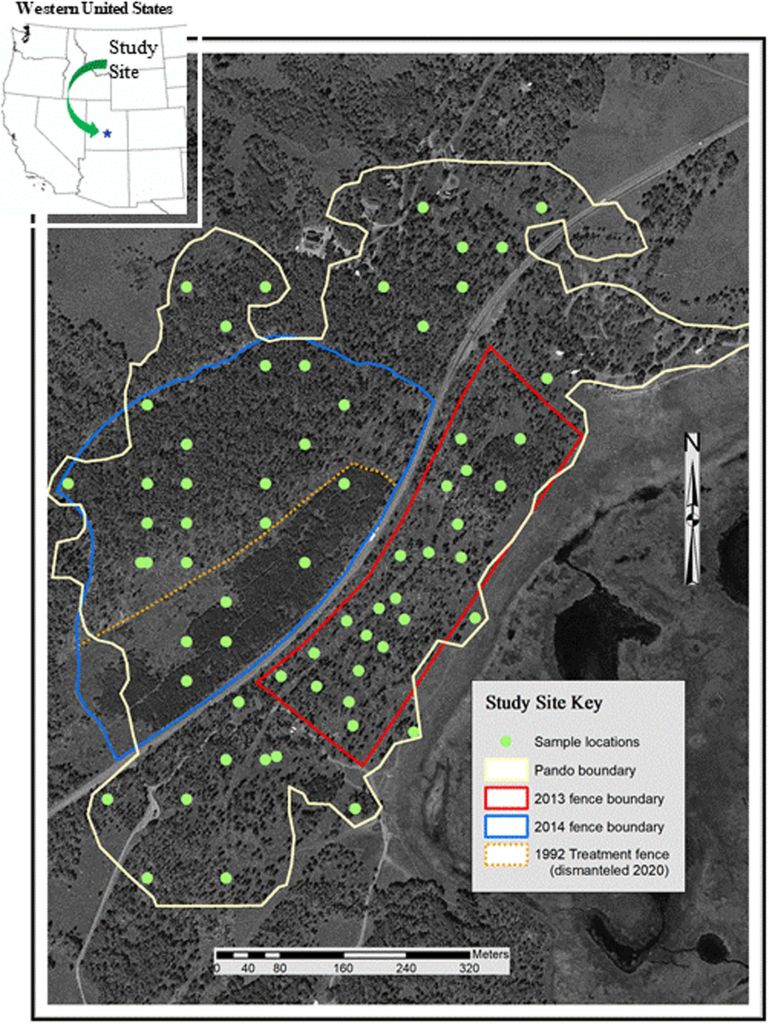
Then in 2018 Paul Rogers and Darren McAvoy of Utah State University conducted a followup study sampling Pando’s health inside and outside the deer exclosure fences and concluded that the fencing was not working.
According to September 2022 Sci.News “The unfenced areas are experiencing the most rapid aspen decline, while the fenced areas are taking their own unique courses — in effect, breaking up this unique, historically uniform, forest. … Fencing alone is encouraging single-aged regeneration in a forest that has sustained itself over the centuries by varying growth.”
“One clear lesson emerges here: we cannot independently manage wildlife and forests.”
— Sci.News, October 2018: Pando, World’s Largest Single Organism, is Shrinking
Aldo Leopold’s experience in his early career when he worked to eradicate wolves from the American West changed his perspective on trees and deer. At one point he shot an old female wolf and was there to see the green fire go out of her eyes as she died. He wrote …
I thought that because fewer wolves meant more deer, that no wolves would mean hunters’ paradise. But after seeing the green fire die, I sensed that neither the wolf nor the mountain agreed with such a view.…
I now suspect that just as a deer herd lives in mortal fear of its wolves, so does a mountain live in mortal fear of its deer. And perhaps with better cause, for while a buck pulled down by wolves can be replaced in two or three years, a range pulled down by too many deer may fail of replacement in as many decades.
— Aldo Leopold: Sand County Almanac, “Thinking Like a Mountain”
Pando’s days are numbered because new trees are not growing up to replace the old ones. This is how a forest dies.
(photos from Wikimedia Commons, map from Wiley Online; click on the captions to see the originals)
Oh how sad.